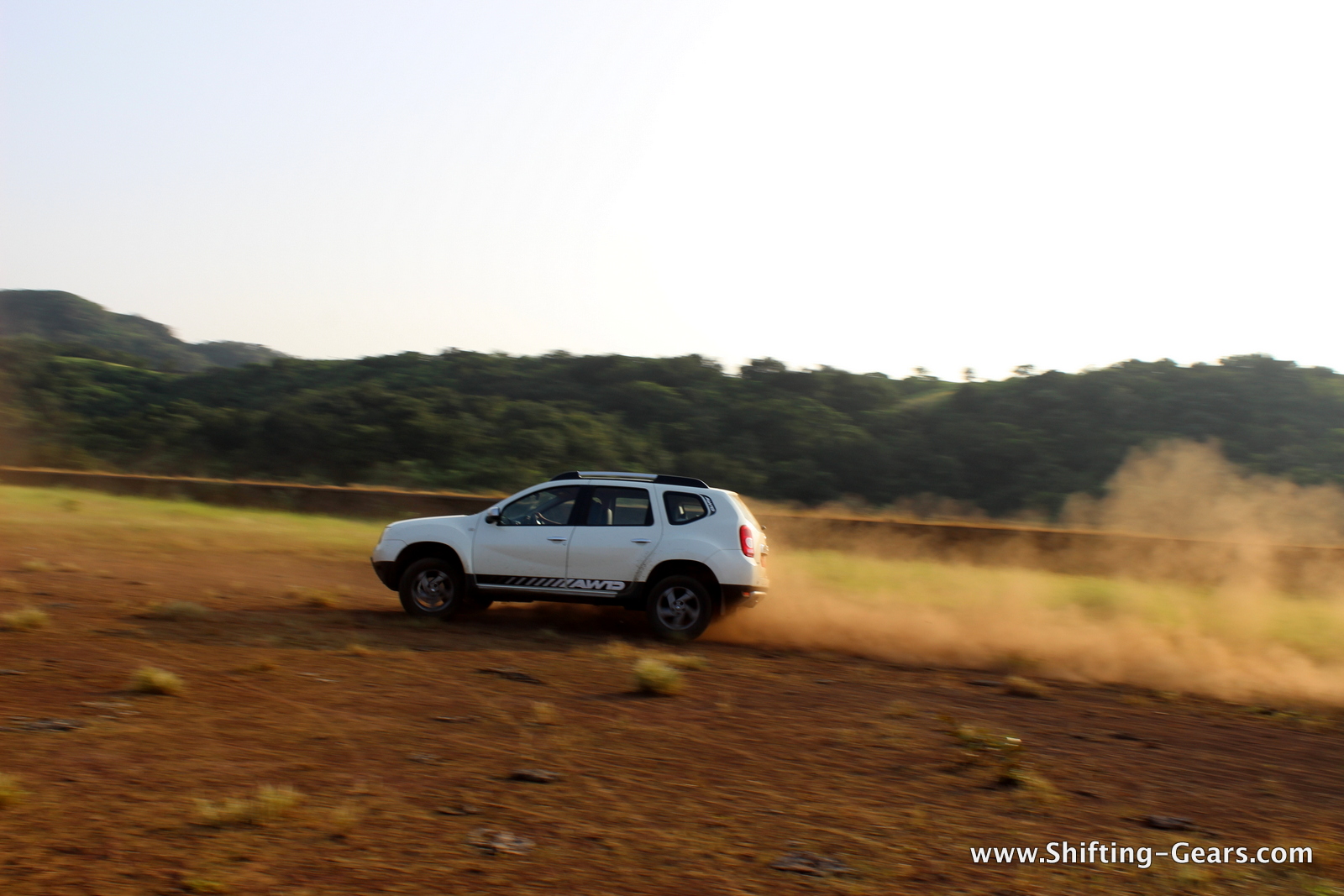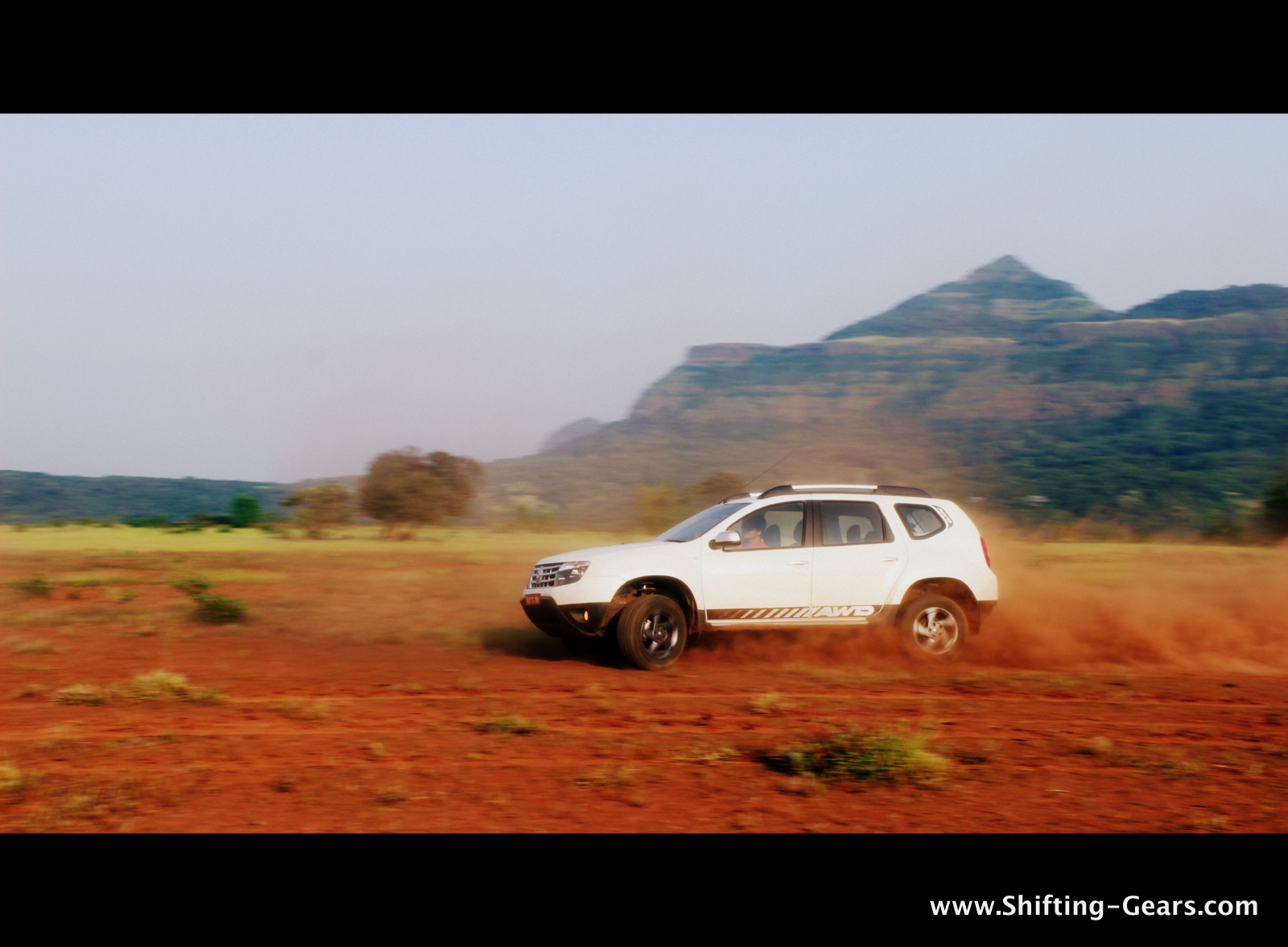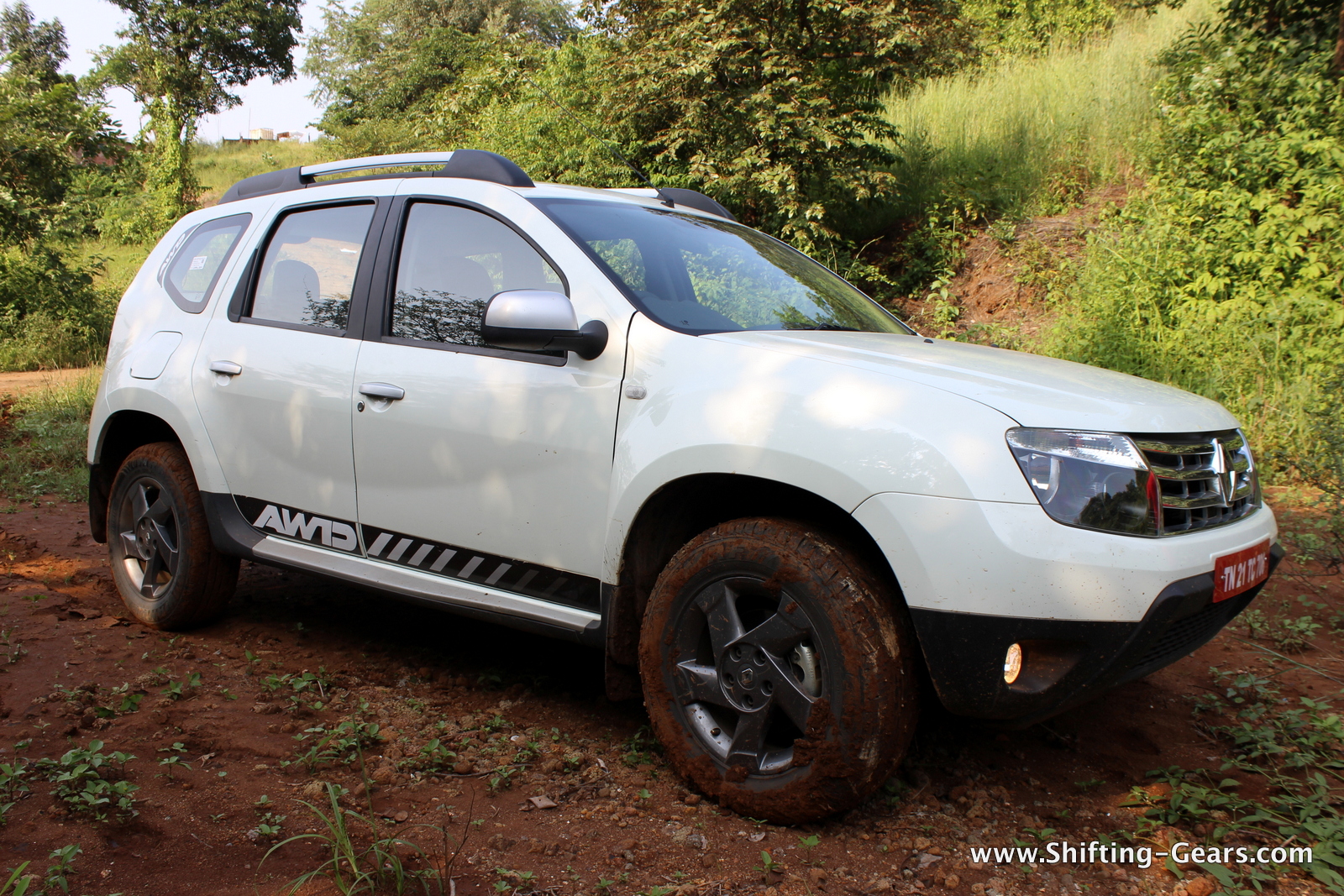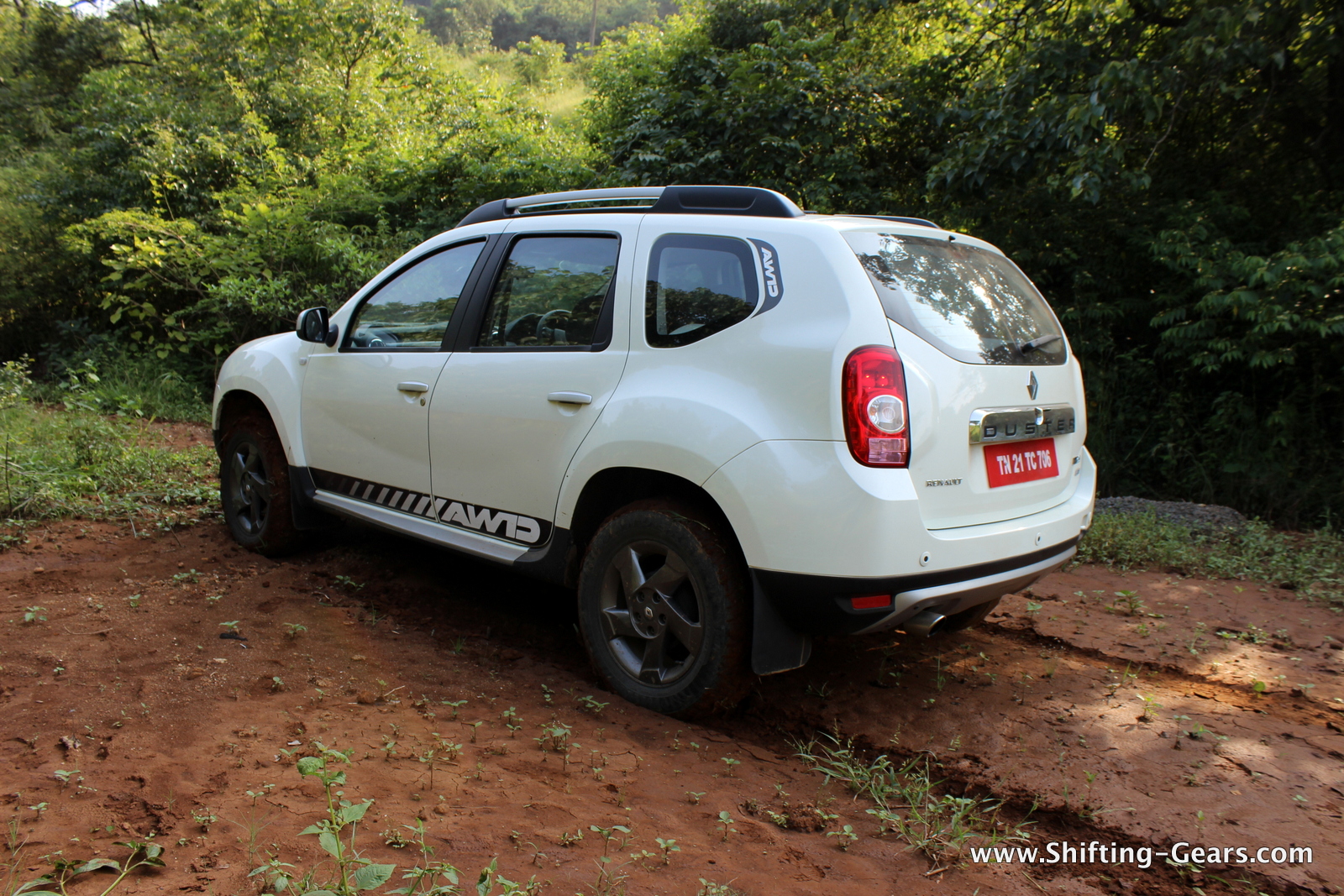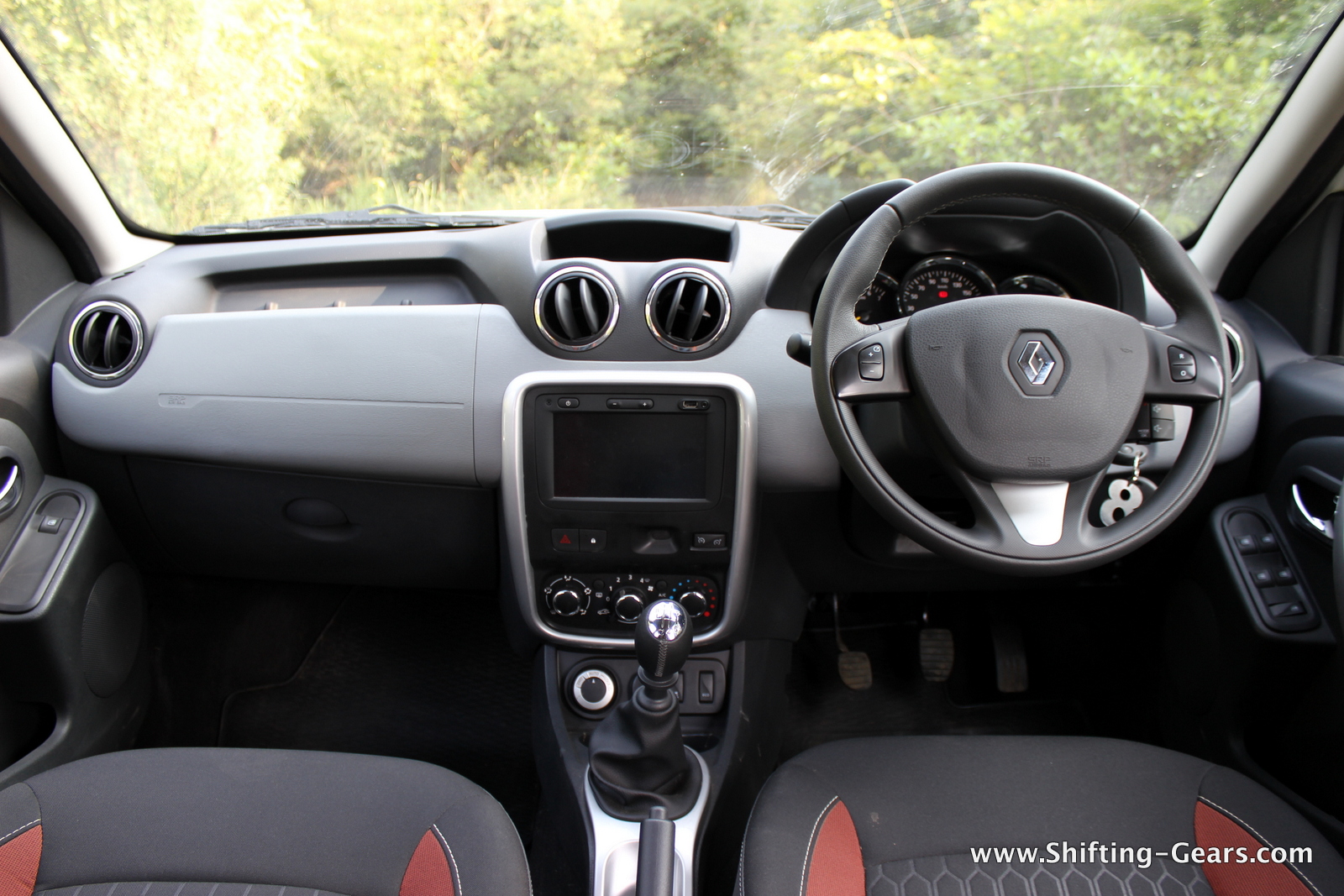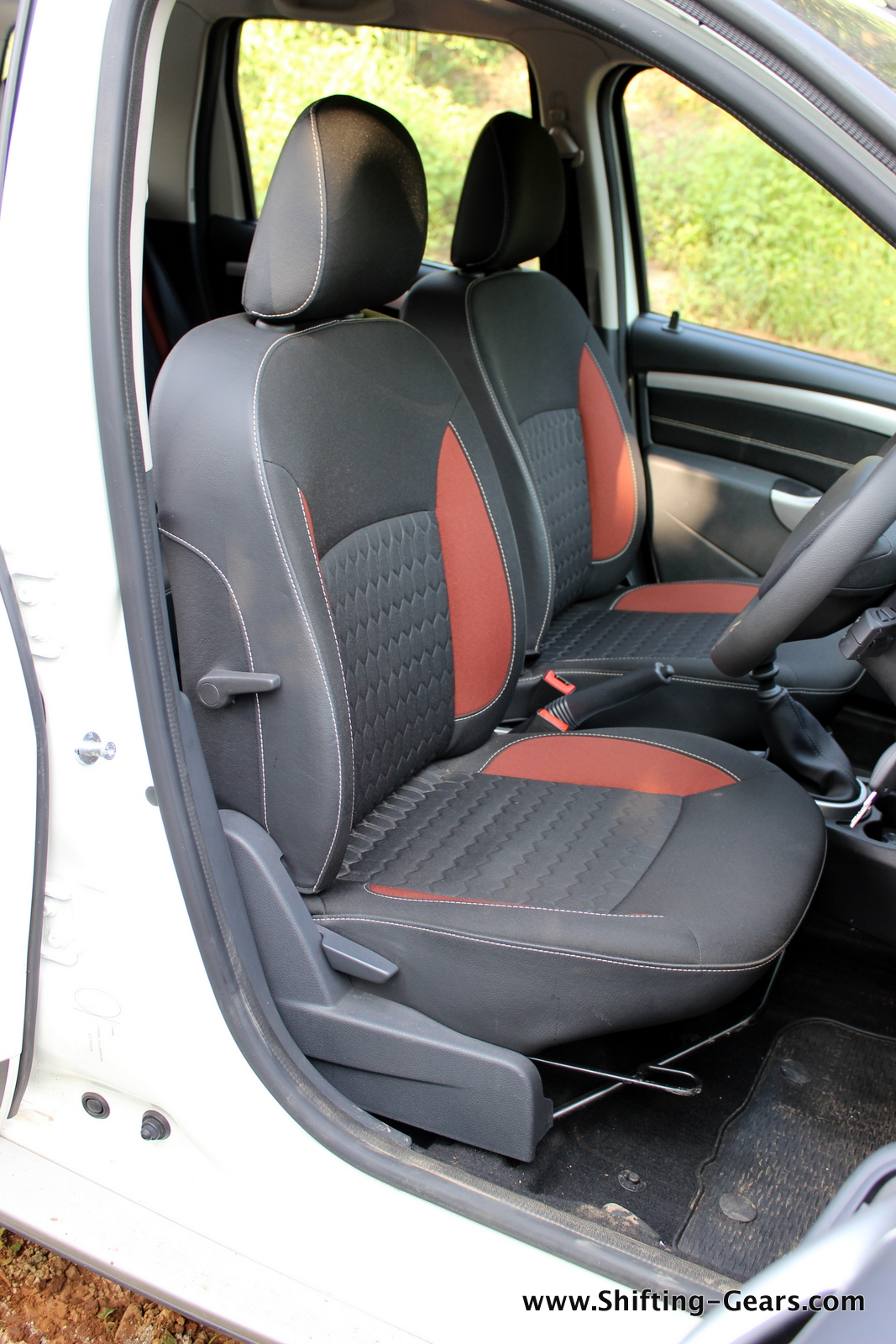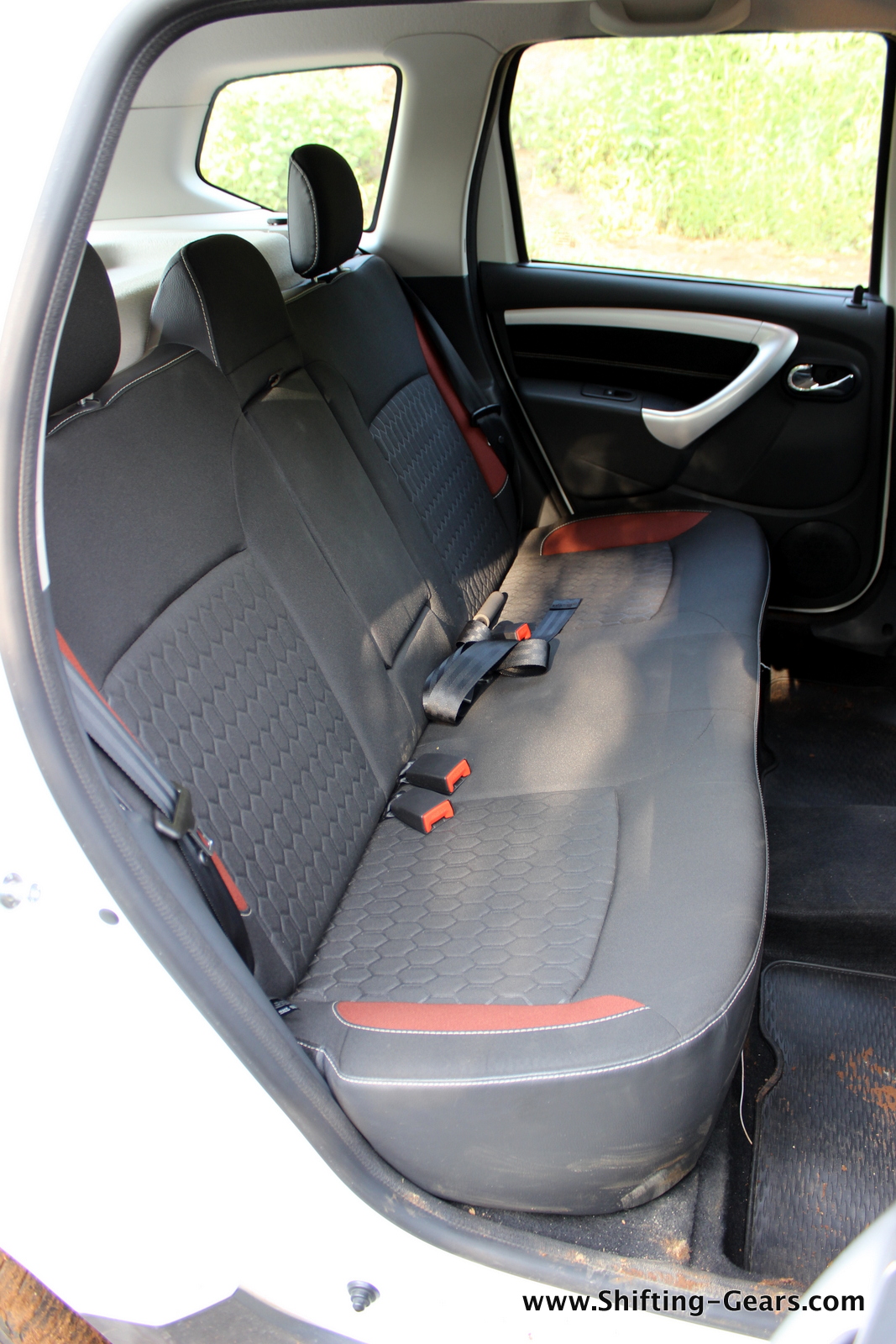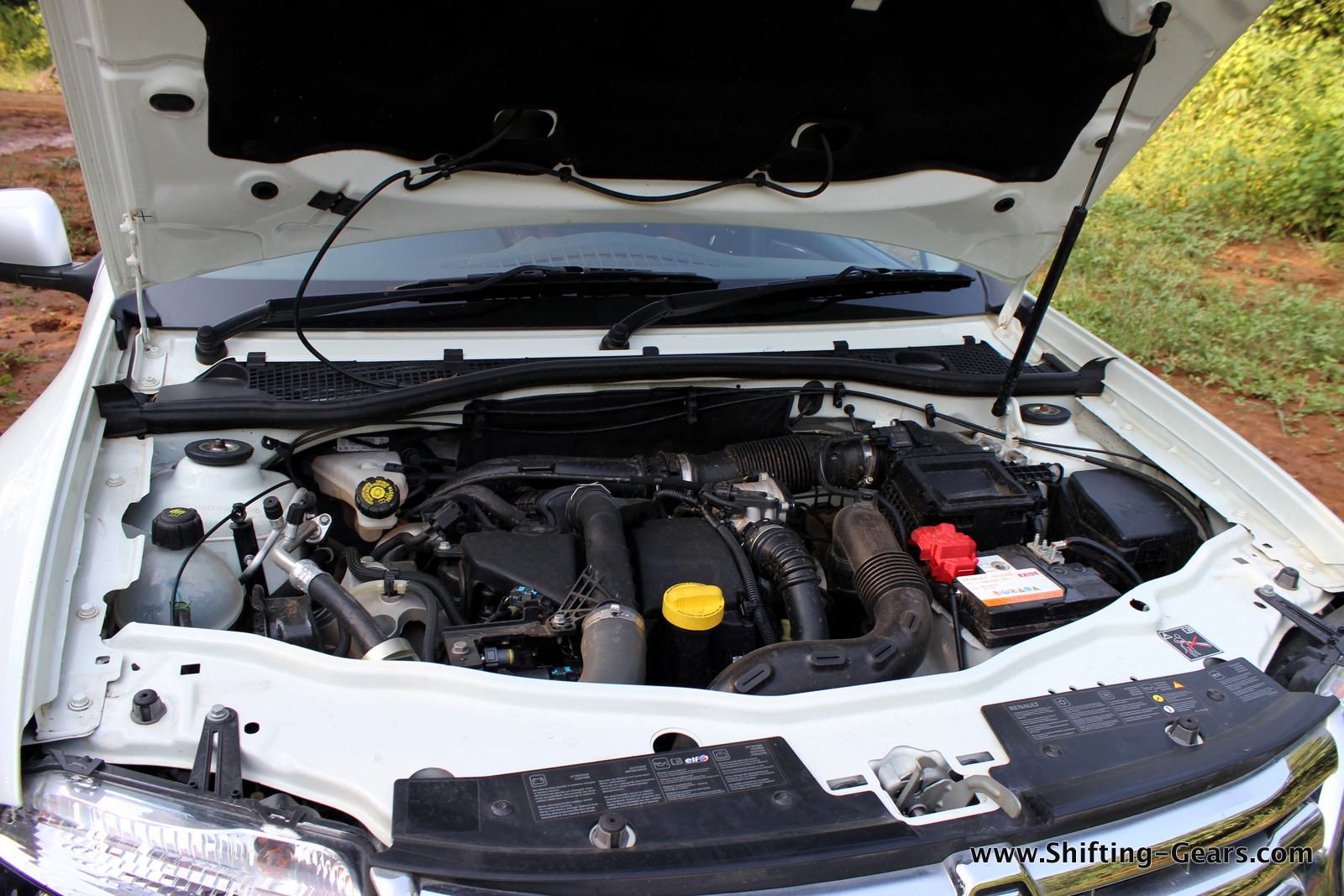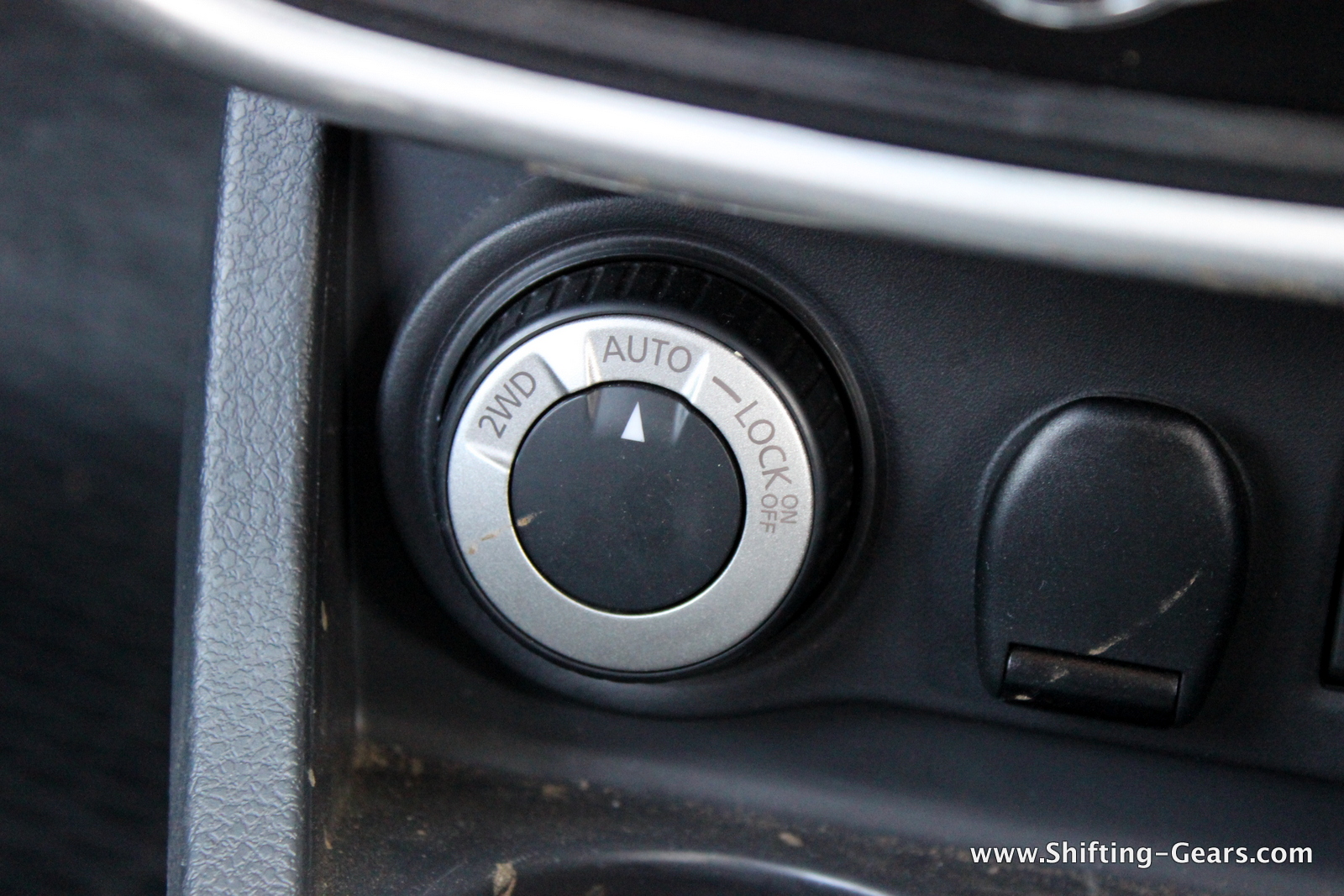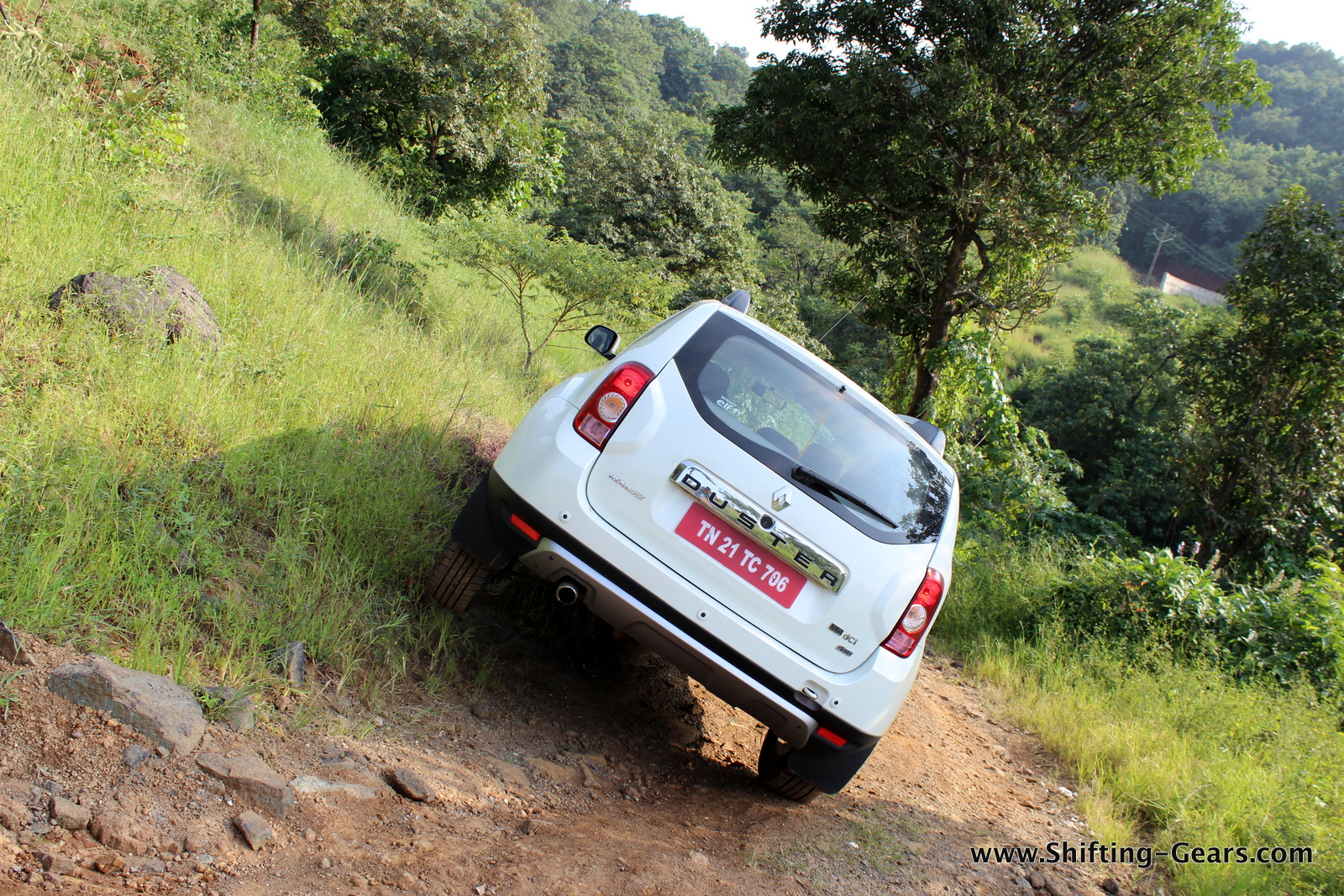Before there was Renault in India, we had Mahindra Renault Limited. A joint venture between the largest Indian utility manufacturer and the French brand in a 51:49 ratio which was formed in 2007. From this alliance, the Logan was born. Later, in 2010, Renault announced its departure from this deal and Mahindra would acquire all the shares in the joint venture. However, Renault agreed to continue support to M&M through a licensing agreement for parts and other key components of the Logan, which was later rebranded as the Mahindra Verito. The Renault-Nissan Alliance signed a MOU with the government of Tamil Nadu to set up a manufacturing facility at Oragadam near Chennai, which was completed in a record 21 months. Renault was also the first foreign manufacturer to set up a design studio in India, located in Mumbai. Renault currently has 141 touchpoints in India and plans to increase that number to 175 by the end of 2014.
Renault launched a total of 5 cars in India starting with the Fluence, Koleos, Pulse, Duster and Scala. Out of these, we are sure the brand is synonymous of only one product – the Duster! The other four are mediocre performers in their respective segments. Not that they aren’t good products, but there is something better available in the market, and may be at a even better price point. When the Duster was launched in 2012, India finally got a monocoque SUV at the price of mid-size sedans. Also, there was barely any competition in the price range it was being offered (entry level). Likes of the Tata Safari and Mahindra Scorpio were dated products with handling not even close to what a monocoque could offer. The Duster was an instant hit and made other manufacturers look closely at the segment. Even after 2 years, only Ford has successfully launched a product to rival the Duster while the industry kings such as Maruti Suzuki and Hyundai still haven’t stepped into the segment. Till date, the Duster is the only consistent performer for Renault and even the badge-engineered Nissan Terrano manages to pull-in decent numbers with arguably better exterior design. The Duster had everything going in its favour; size, handling, price, engine performance, suspension and most importantly – handling. Still, for living upto the SUV tag, it lacked a missing feature which was the 4×4 (all-wheel drive). Two years after the launch, Renault finally has given the Indian customers an AWD version available only on the powerful 110PS diesel motor. But this makes us wonder, is Renault trying to push forward the dates to release the Duster facelift which has already made a global debut. So how does the Duster AWD fare in the real world? Let’s find out…
Exteriors:
Almost everyone knows how the Duster looks by now, and the AWD variant gets nothing different apart from a few cosmetic changes. The Duster’s design has always been rather simple if you compare it to the competition such as the Ford EcoSport or the upcoming Hyundai ix25 etc. The Duster however looks more of an SUV unlike the others which look more of a hatch-on-stills. The Duster is also a full-size offering and measures well over 4 metres in length. It looks butch however, it squats lower when compared to other SUVs which get the ladder-on-frame body type. The Duster measures 4,315mm in length, 1,822mm in width, 1,695mm in height and has a wheelbase of 2,673mm. A healthy ground clearance of 210mm allows the Duster to simply glide over rough patches. Bold wheel arches, skid plates at the front and back, roof rails and blackened bumper sections add a lot to the SUV character of the Duster.
At the front, the overall design remains identical to the regular Duster variants. The AWD gets smoked out, twin barrel headlamps and the front skid plate is now painted in black and not in silver as seen before. Apart from this, it is impossible to tell if it is an AWD variant just by looking at the front end. Blackened bumper, recessed fog lamp and chunky chrome grille are the same. There is no addition or power bulge on the bonnet either.
Side profile gets two decals. One running across the front and rear door and one above the rear quarter glass; both of which mention ‘AWD’. Renault has kept the alloy wheel design the same, but provides them in a darker grey shade this time. This would reduce the cleaning tasks which would be required after some serious off-roading on the silver painted alloys. Also, B pillar is now blacked out. Roof rails in black and silver, silver side skirting, silver door handles and silver ORVM casing are the same as seen before.
At the back, there is absolutely nothing new. Only one small ‘4WD’ badge. The garish chrome number plate garnish, blackened rear bumper, reverse sensors, tail lamps, mud flaps, reflectors, rear wash and wipe etc. everything remains identical.
So to sum it up on the exteriors, it is too little to make a difference after two years. It would have been great if Renault brought in the Duster AWD with the facelift version. Would have made the car look fresh again in the segment, and also with more equipment which comes in.
Interiors:
Getting in and out of the Duster is almost equal to a hatchback with a tall-boy design. It is much easier if you compare it to the lower slung sedans or the tall conventional SUVs. One can simply step inside the car without too much of an effort.
On the inside, things have changed a bit. The Duster AWD gets grey and black interior theme on the dashboard. The centre console also gets a silver surround along with a silver panel between the front seats. There is a new 3-spoke steering wheel with cruise controls mounted on it. Audio controls are mounted on a separate stalk on the RHS of the steering column. Instrument cluster has been redesigned too with a 3-pot design with a tachometer on the left, speedometer in the centre and a MID to the right. Instrument cluster is white backlit and is reasonably visible even under bright sun. Some parts of the dashboard have a soft touch feel to it, however, it doesn’t really matter. Although things might look pretty decent, quality and fit and finish is still a notch below what you might expect from a car costing around Rs. 15 lakh. Centre console now hosts the same AC controls, but on the top spec RxZ AWD variant, you get a dual din, touchscreen Multimedia+Navigation+Bluetooth head unit. Below the head unit, the door lock button, hazard light button etc have been relocated and are of a different design too. AC controls are still the same, manual unit. On a hot October afternoon, the Duster did lack in the cooling department. In a big car with AC vents only at the front, the rear passengers won’t be as comfortable. Renault has removed the rear AC blower in the recent versions. Below the AC controls, you have the shift-on-fly lever, a button to turn-off the driving aid and manually switch-off the Eco mode which is a new feature as well.
Seat upholstery on the AWD variants is a red and black fabric combo. The 2WD higher variant of the Duster gets leather upholstery. The seats look good, although the red shade is a bit of a mismatch here. It would have been good if the seats were in silver / grey and black to match the dashboard colour scheme. Front seat is comfortable and has a bucket like feel. You get lumbar support adjustment as well along with a good amount of front and back adjustment range and height adjustment as well. The seat adjustment on the Duster would surely please all. A driver armrest would have been welcome though. Ergonomics however are still messed up. The after thought looking power window controls, the audio controls, the door lock button on the centre console, ORVM adjustment knob under the handbrake, closely placed ABC pedals etc. You will find yourself looking all over to find these when you’re new to the car.
Rear seat of the Duster is good for 3, easily. The almost negligible floor hump welcomes the 5th occupant and there is enough room to place your feet. However, the legroom isn’t too great when accounting the length of the car. Renault has made more room for luggage than for the rear passengers. Rear seat-back is at a very relaxed angle making it a comfortable place to be. Also, because of the large windows on the SUV, there is ample light allowed inside the cabin eliminating the claustrophobia. Headroom available is in ample quantity as well and the width of the car also provides decent shoulder room for the rear passengers. Lack of rear AC vents will surely be felt during Indian summers. We seriously hoped Renault would provide a sliding rear seat which would allow a lot more legroom for the rear passengers. Not that it is on the cramped side, but having this option would have been great since there is a higher possibility of carrying 5 than traveling with a full load of luggage.
Boot space on the AWD variant has reduced to 410L from the previous 475L. This might be because the AWD now has to accommodate (mounts) for the independent rear suspension. Still, there is more than enough room to occupy luggage carried by all 5 occupants. Also, the twin recessed parcel trays come in handy to keep the oddities in place when on the go.
Engine, performance and handling:
The Duster AWD is available only in one engine option, which is the 1.5L, 4-cylinder, dCi THP motor. It produces 110 PS of power @ 4,000 RPM and 245 Nm of torque @ 1,750 RPM. Power figure although the same, the AWD produces peak power 100 RPM higher than the 2WD version and the AWD also makes 3 Nm less torque but 500 RPM lower than the 2WD version. Engine is mated to a 6-speed manual transmission. While the 2WD 110PS engine had noticeable amount of turbo-lag, with peak torque produced much lower than before, there is almost negligible turbo-lag on the AWD version. It can now cruise easily at low speeds and the acceleration is punchy even at lot RPMs. NVH levels have been significantly improved as well, and you won’t even hear the diesel clatter neither at idle, nor at high RPMs.
We even started off the car from 0 kmph in second gear and there was no engine knocking at all, of course we did slip the clutch a little. But the engine is a lot more forgiving than before and the lag won’t catch you in the middle of an overtaking maneuver. Mid-range performance is brisk as before and the Duster can cruise on triple digit speeds easily. For those long highway drives, just slot the gear in 6th and feather the accelerator. However, to overtake, you will have to drop a ratio or two. The gear throw is shorter than other SUVs in the price range and the gear gates are now well defined too. Even the heavy clutch problem has now been taken care off and your left foot would be grateful in city traffic.
Now we get to the core focus of this version, the AWD. The shift-on-fly function works well but you have to be in neutral before changing modes. You get three options such as 2WD, Auto and Lock. 2WD is self explanatory while on auto, the Duster automatically directs the power to the rear wheels in case the front wheels loose traction. On 4WD-Lock, the Duster powers all the four wheels unless you cross around 80 kmph which is quite standard among other SUVs as well. Put the Duster in 4WD-Lock and release the clutch; that is all you need to do to tackle any kind of terrain. We managed to crawl up on big rocks on an incline without any issue. The Duster simply took care of all that we threw in its way. On rocky and gravel patches, we gunned the car up to speeds of 50 kmph and it remained as composed as on any other terrain. There was no nervousness of loss of traction felt. This surely is a brilliant soft-roader this side of Rs. 15 lakh. Of course, you cannot compare it to the likes of a Mahindra Thar or a Scorpio since they are meant to handle much more abuse. Nevertheless, if you want to have some weekend fun on roads unknown, be assured that the Duster AWD won’t disappoint. At the end of our test drive, even we were surprised to have crossed over 30 km of rough and rocky terrain with the car not even struggling once. Apart from this, the Duster AWD gets a host of other driver aids as well such as hill start assist, ESP, ASR, Understeer control, speed sensing door lock, impact sensing door unlock, rapid deceleration warning, cruise control, speed limiter, eco mode and gear shift indicator.
The Duster is known to have the best suspension setup among cars under Rs. 10 lakh and it is no different even on the AWD version. In fact, the AWD gets an independent rear suspension which further enhances the ride quality of the car. Any kind of roads, you need not even slow down. The suspension setup is so brilliant that you can simply glide over uneven patches without leaving the passengers unsettled. Suspension soaks in the potholes with a muted thud and there is very little noise allowed in the cabin. Also adding to the car-like driving dynamics are the monocoque construction and the 2WD layout. 5.2 metres of turning radius is exceptional for a car of this size. Body roll is well controlled and the car is a gem on and off road. Steering wheel however acts up a bit when on high speeds and turning it. It vibrates a bit and resists to act upon input. It is well weighted, but not confidence inspiring at all times. Brakes are adequate and the car stays composed under panic braking as well, without losing the line. With a brilliant suspension setup, there is no nosedive under hard braking either, as you would notice in a Safari or a Scorpio.
So if you ask us if the Duster is worth the price when looking for a capable off-roader; our answer would be yes. A monocoque SUV, with brilliant suspension setup, good off-road abilities and significantly lot more tech on offer than the other Indian competition screams to be a winner among the pack. Robust build quality will also last the distance. The only issue is the interior part quality which is sub-par for the price. But for those who look at function over form, this is not a deal breaker. Also, Renault’s after sales service is still unknown to many and the brand needs to work on bringing customers closer. Wrapping it up, the Duster AWD is a potent product and by the end of the drive, we were very pleased with the day spent majority of the time off the road, effortlessly.

